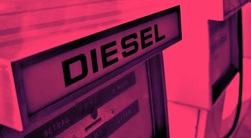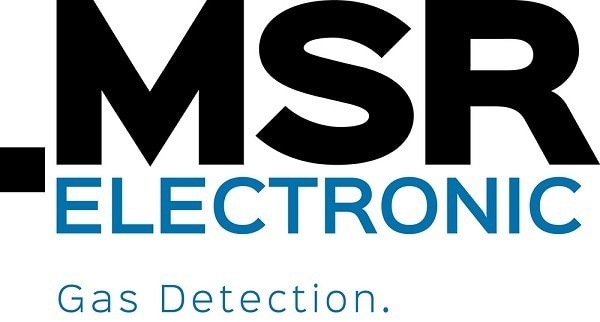Mineral oil logistics involves the dependable distribution of combustible matter from the manufacturer to the end consumer. The primary substances to be circulated are diesel and petrol fuels, fuel oils, kerosene, benzene, and methanol.
Distribution can occur directly ex refinery or with an intermediate tank farm utilizing tank trucks. A high safety level of gas monitoring is necessary when tank farms are used. To fulfill the SIL requirements, the MSR-Electronic product PolyXeta®2 with the novel exchangeable X-Change sensor can be utilized.

Image Credit: MSR-Electronic GmbH
The MSR-Electronic product PolyXeta®2 identifies explosive organic hydrocarbons as a result of the sensor’s dependable safety calibration.
Wherever toxic or flammable gases are present, the potential for putting people in danger is significantly higher, as they frequently cannot be seen or smelled.
Fixed gas warning systems strongly decrease the risks imposed on people and plants. With its advanced products, MSR-Electronic dependably safeguards lives against dangerous gases.
The international organization effectively sells gas warning systems through its partners and branch offices worldwide.
The Bremen tank is a recently developed storage area that needs a solid safety system to fulfill the stringent safety requirements given by the authorities.
The measuring technique with integrated drift and temperature compensation delivers the highest reliability and precision as well as providing the sensor’s long service life.
A standard 4-20 mA analog output is a feature of the sensor along with two relays that have modifiable switching thresholds. In the event of a leakage, an early warning communicates that an ignitable gas concentration has been detected and countermeasures can be launched.
Maintenance and installation are performed by the partner Gawando Gaswarnsysteme in this enterprise. System and functional checks are regularly performed in line with BG RCI T023 to verify the dependability of the gas monitoring system and compliance with the requirements.
Decisive Core Size for Combustible Gases
Explosive mixtures are created when combustible gases combine with air.

Image Credit: MSR-Electronic GmbH
There is only a small range of gas/air concentrations in which an explosive mixture is present. The space between LEL and UEL is known as the explosive range which is a critical core size for the hazard.
This area is exclusive to each gas and each vapor. It is determined by an upper explosive limit (UEL) and a lower explosive limit (LEL).
The mixture is inflammable outside of this range. As all gases react in different ways, each gas has a different limit. Historically, these features of combustible gases have sometimes led to significant fires.
For example, in 1979, a wide-ranging tank farm fire occurred in Duisburg harbor, North Rhine-Westphalia. In 2005, the Buncefield tank farm fire in Great Britain, which lasted for many days, resulted in even more devastation.
MSR-Electronic provides a wide range of techniques for the permanent identification of gases. On this foundation, MSR-Electronic creates individual gas sensors for industrial applications that deal with extreme conditions.

This information has been sourced, reviewed and adapted from materials provided by MSR-Electronic GmbH.
For more information on this source, please visit MSR-Electronic GmbH.